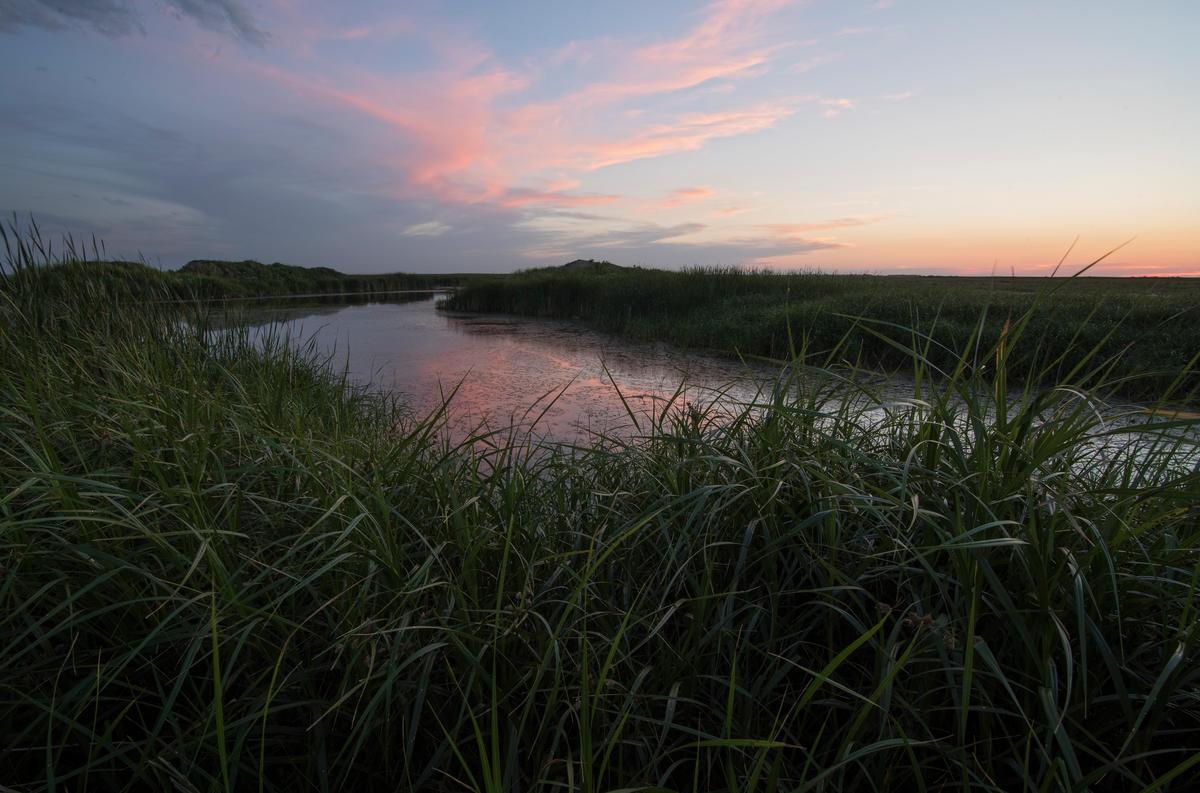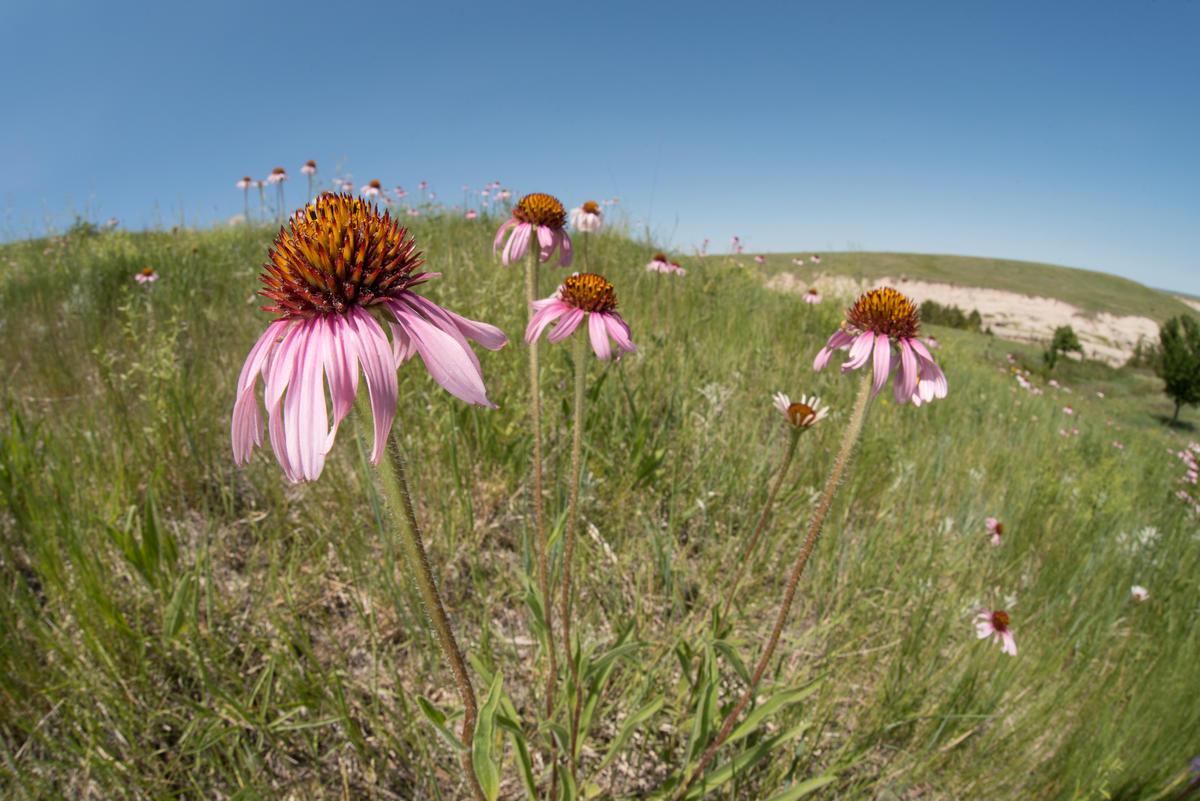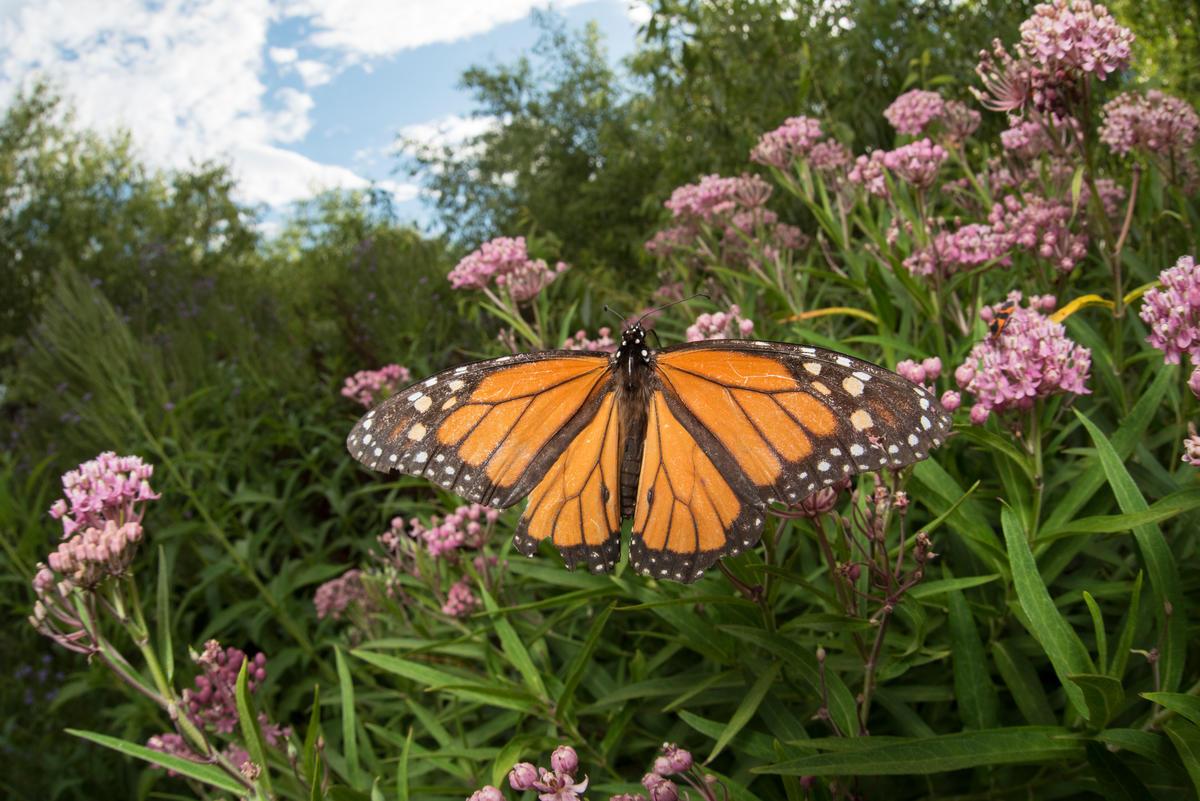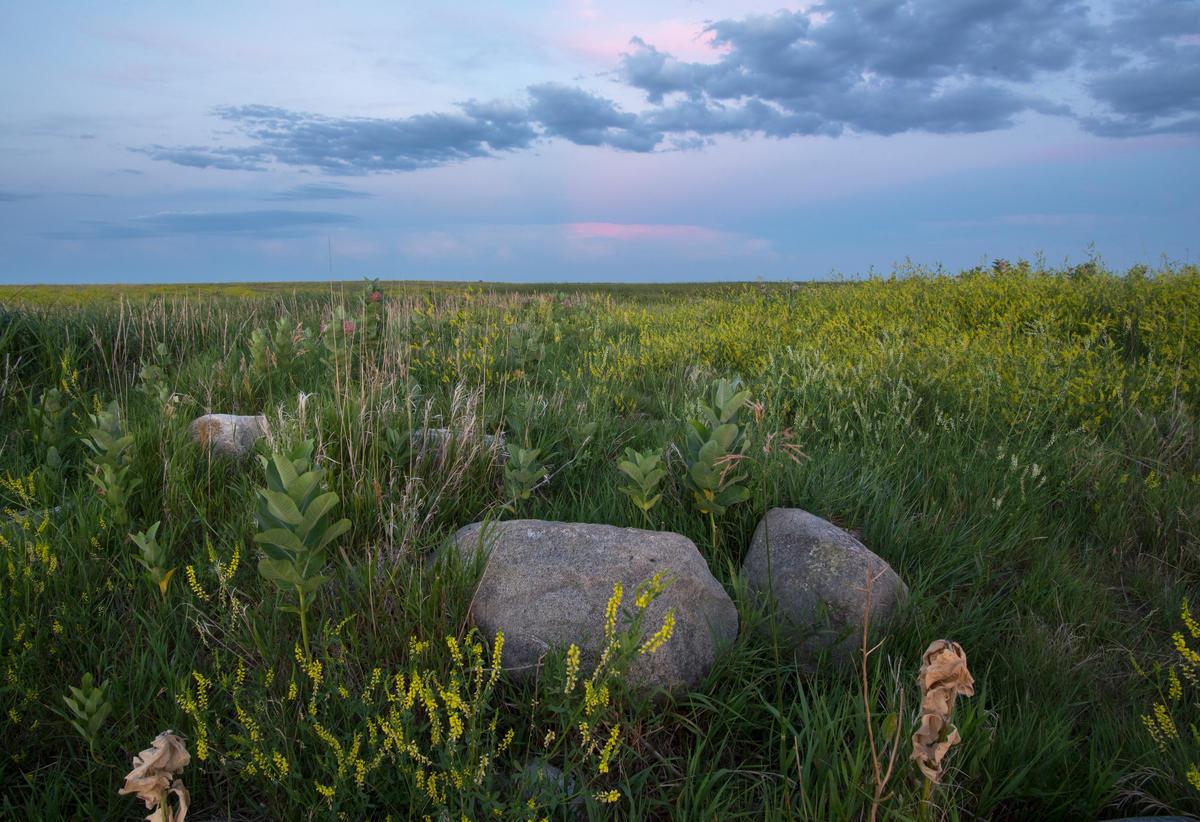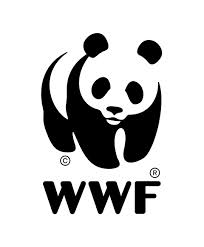Grassland Decline Continues at Alarming Pace With 1.6 million Acres of the Great Plains Destroyed in 2021 Alone
WWF report finds 32 million total acres of grassland habitat—50,000 square miles—have been plowed up since 2012
October 26, 2023 /3BL/ - Annual analysis from World Wildlife Fund (WWF) reveals 1.6 million acres of grasslands across the US and Canadian Great Plains were destroyed in 2021 – continuing a steady, devastating trend across the region. The Plowprint report once again identified row crop expansion as the primary driver of plow-up, erasing the equivalent of an area greater than the state of Delaware from the map in only 12 months.
"What would you say if I told you there's a critical climate solution that we can implement right here in America that doesn't require massive investment, new technology, or a huge shift in behavior? Let’s stop plowing grasslands; just allow them to keep storing and sequestering carbon—and providing irreplaceable habitat for wildlife and pollinators—as they have done for millennia.” said Martha Kauffman, vice president for WWF’s Northern Great Plains program.
The Plowprint also found the Northern Great Plains region of the ecosystem—currently one of the world’s last four intact temperate grasslands—saw a slight uptick in acreage loss with the number of plowed acres increasing to 400,000 up from 385,000 thousand acres in 2020.
The report points out that much of the land most suited for agriculture was plowed up decades ago, with newly plowed land unlikely to produce significant yields. Destruction of grassland habitat is driven by economics often underpinned by well-intentioned government policies that incentivize conversion rather than protection.
“We can no longer ignore the fact that these landscapes, which have sustained people and wildlife since time immemorial, are being destroyed by the acre,” added Kauffman. “With 32 million acres lost since 2012, steady elimination of grasslands year in and year out is cause for urgent action. This year we have an opportunity to change course and address policies that can help curb this destruction.”
Policies like the reauthorization of the next Farm Bill and the impending North American Grasslands Conservation Act, which, if passed, will allocate resources, and develop strategies that can support the livelihoods of producers and farmers across the Great Plains and across the US. Incentivizing grassland stewardship through smart policies is a win-win and will have lasting positive outcomes for rural communities, Native Nations and wildlife.
World Wildlife Fund’s 2023 Plowprint Report is available at plowprint.org
About WWF
WWF is one of the world’s leading conservation organizations, working in nearly 100 countries for over half a century to help people and nature thrive. With the support of more than 5 million members worldwide, WWF is dedicated to delivering science-based solutions to preserve the diversity and abundance of life on Earth, halt the degradation of the environment and combat the climate crisis. Visit http://www.worldwildlife.org to learn more and keep up with the latest conservation news by following @WWFNews on Twitter and signing up for our newsletter and news alerts here.
Media Contacts
Lorin Hancock / Lorin.Hancock@wwfus.org
Susan McCarthy / Susan.McCarthy@wwfus.org

